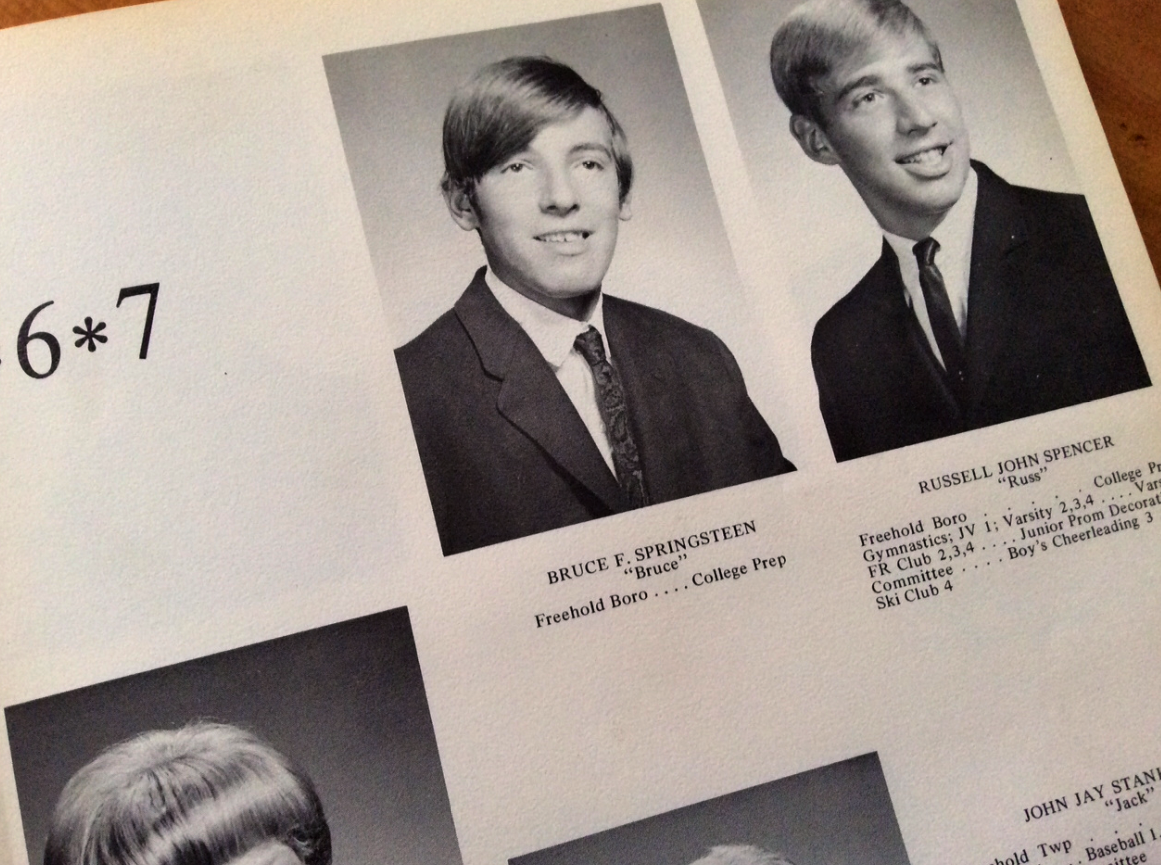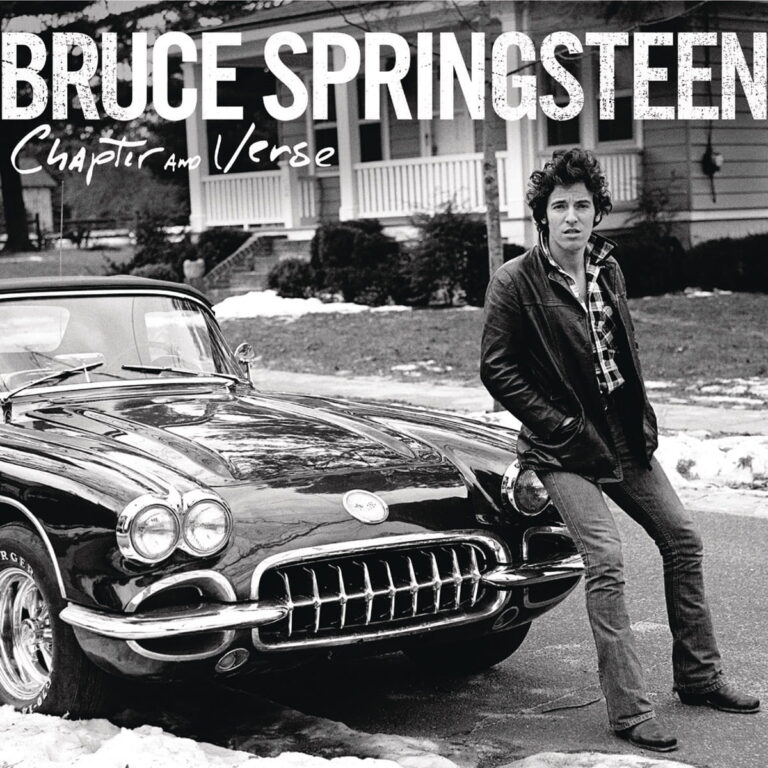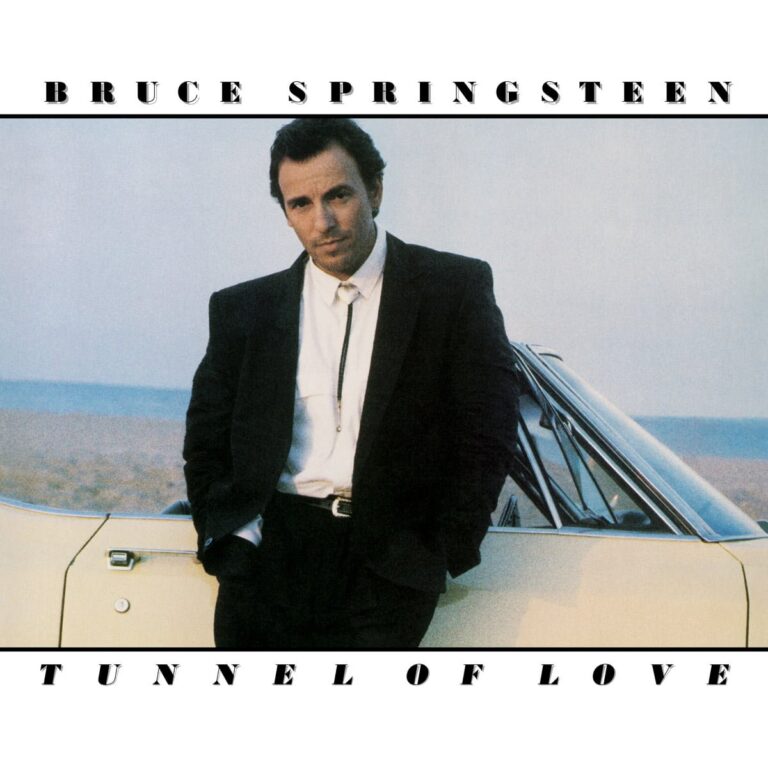Bruce Springsteen: The Early Years
Bruce Springsteen, known as “The Boss,” was born on September 23, 1949, in Long Branch, New Jersey, and grew up in the nearby working-class town of Freehold. He was the son of Adele Ann Zerilli, a secretary of Italian descent, and Douglas Frederick Springsteen, a bus driver with Irish and Dutch roots. Bruce’s childhood was shaped by financial hardship, his father’s mental health struggles, and a strong Catholic cultural influence.
A Childhood in Freehold

Springsteen was raised in a blue-collar environment, surrounded by factories, churches, and a tightly knit community shaped by tradition. He attended Catholic schools, and although he never felt entirely comfortable within the Church’s structure, the religious imagery and discipline left a lasting impression on his artistic vision and lyrics. From a young age, he felt like an outsider, a sentiment that would become a recurring theme in his work.
First Encounter with Music
A defining moment came in 1956 when Bruce saw Elvis Presley perform on The Ed Sullivan Show. It was then he realized he wanted to become a musician. Shortly afterward, his mother bought him his first guitar for $18.95—a gesture that marked the beginning of his personal and artistic transformation.
During his teenage years, he became increasingly introverted, finding refuge in music as a means of expression. Influenced by artists like Bob Dylan, Roy Orbison, and The Beatles, he began exploring a range of musical styles from rock to folk.
Early Bands and the Local Scene

In the mid-1960s, Springsteen joined several local bands, including The Rogues, The Castiles, and later Earth. With The Castiles, he recorded his first single and began performing at clubs, schools, and local venues along the Jersey Shore. This period was crucial for developing his stage presence and narrative songwriting style.
In 1968, following the breakup of some of these early bands, Bruce entered a period of personal searching. He briefly attended Ocean County College but soon dropped out to focus entirely on music. He also avoided being drafted for the Vietnam War due to a medical history that disqualified him.
The Birth of a Legend
By the late 1960s, Springsteen was gaining a reputation in the local music scene for his electrifying performances, his guitar skills, and his raw, authentic lyrics. He formed new bands such as Child (later renamed Steel Mill), which gained notoriety along the East Coast and even performed alongside some of the leading psychedelic rock acts of the time.
During this phase, his style began to mature, and his artistic vision became more defined. His lyrics started to reflect the struggles of working-class life, youthful hope, and the contradictions of the American Dream—recurring themes that would later become central to his career.
Closing a Chapter
By 1970, Bruce Springsteen was already a respected local musician, though still unknown on the national stage. However, his relentless passion, storytelling instincts, and emotional connection with audiences were preparing him for a breakthrough. In the years to come, he would meet Jon Landau and sign with Columbia Records, marking the beginning of his journey toward becoming one of America’s greatest rock icons.

Click on the image to buy
In the following link you have all the information about Bruce Springsteen’s Biography: https://brucetheboss.com/tag/biography/









